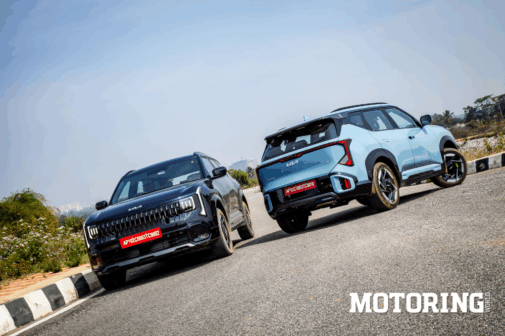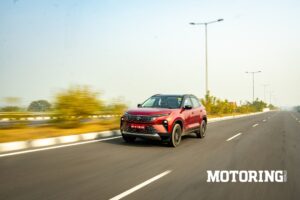One-time allies (or axes?) Japan and Germany have geared up for a battle with their sedans. As strange as it sounds in 2025, this segment of premium sedans has all but vanished. Back in the early 2000s, cars like the Skoda Superb, the Hyundai Sonata, the Honda Accord, and the Toyota Camry were all the rage. Today, only one torchbearer remains — the Toyota Camry. On the other hand, a new breed of entry level luxury sedans is now emerging, causing a bit of a conundrum.
No spam — only automotive stories, straight from our garage to your inbox!
To continue reading, register for free and get full access to India’s most unique motoring content.
What’s more, you’ll also receive our newsletter! #KeepMotoring















